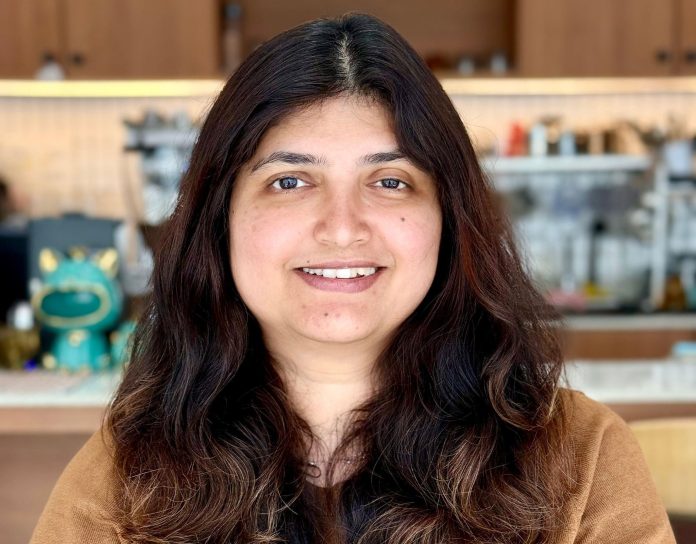What sets Indian design apart from other global styles?
I feel “Indian Design” is a wider term for the nuances within our subcontinent. We are an extremely accentuated culture dotted with variations throughout the broad spectrum of our geographic span. Therein lies the joy and celebration of Indian Design.
The approach of the diverse requirements that we get from our clientele based on their traditional belief systems and at the same time, well-timed global influences, is what I believe is the Indian Design. We are finally in a place where our modern design solutions are rooted in the historic wisdom and not in the post-independence “mimicking” phase. So today, what sets us apart is the “maximal” value addition in design.
How does traditional Indian design influence your work, and are there other cultures or styles that have inspired your creative approach?
An Indian end user of modern India is well-informed, and this is something not restricted to a particular economic segment but across the board. For our team, it is a united effort to assimilate these cultural beliefs and thus add value to them in design. The use of natural elements and natural materials is an ode to our rich heritage.
We are finally in a place where our modern design solutions are rooted in the historic wisdom and not in the post-independence “mimicking” phase.
The Indo-Saracenic period of our history was of great influence in my early days of practicing. Right from measuring every bit of the Pinjore Gardens (now Yadavinder Gardens) to the ramparts of the Red Fort, the brilliant use of local materials and exquisite craftsmanship has been a strong influence. Currently, I am delving deeper into the Japanese design philosophies. From minimal interior décor to the Zen landscapes, it’s an epitome of light and form study.
Your website talks about creating inspired, functional, and sustainable projects that will stand the test of time. Can you tell us more about that and how it informs your design philosophy and process?
At the studio, we are extremely target-driven and prioritize design in every thought process. India is a promising economy with growth trajectories that require quick solutions, leading to the rampant ”jugaad” mentality. However, we do not adhere to that at all, and most of the time, we are looking at a step-by-step derivation in design.
We conduct a lot of tests in-house to explore materials that are unique, functional, and aesthetically pleasing.
We try and see how processes can be optimized at the industrial level as well as the commercial end. We conduct a lot of tests in-house to explore materials that are unique, functional, and aesthetically pleasing.
When approaching a project, do you prefer the clarity of a set brief or the flexibility of creative freedom? How do these conditions shape the outcome of your work?
We prefer the latter and thankfully are lucky enough to have clients who support and believe in our vision for the project. As a result, we can come up with unique design solutions.
Beyond the design stage, once the economics come into play, we try and adapt to the client’s mandate, where we now try and achieve the same initial vision to the best use of materials.







